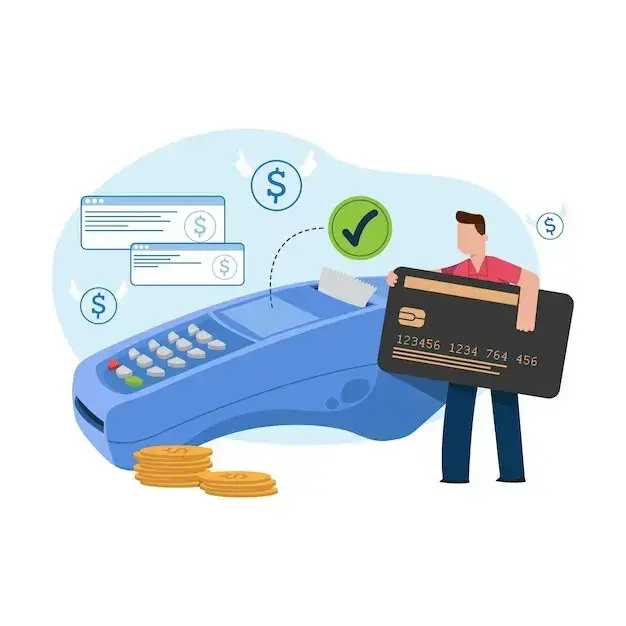Integrating cross-border payment gateways presents several challenges that businesses must navigate to facilitate seamless and secure transactions across international borders. These challenges arise due to various budgets, regulatory frameworks and technical frameworks that because it is available in different countries. Here are some of the major barriers to cross-border integration of payment gateways.
Rules of Compliance:
Different countries have specific rules regarding financial transactions. Meeting these compliance requirements presents a significant challenge. Businesses need to be aware of the ever-changing regulatory landscape to ensure their payment gateway integration complies with local regulations and standards.
Currency conversion and exchange rates:
Multiple currencies are involved in cross-border transactions, complicating currency conversion and causing exchange rate fluctuations. Companies must implement robust real-time currency conversion systems to achieve accurate pricing and prevent financial discrepancies.
Security and Fraud Prevention:
With cyber threats on the rise, ensuring cross-border transactions is of the utmost importance. Integrating robust security measures such as encryption and multi-factor authentication is essential to protect sensitive financial information and prevent fraud.
Different payment methods:
Countries generally have different preferences for payment methods. Some prefer credit cards, while others rely on digital wallets or local payment methods. Combining multiple payment options is essential to meet the diverse preferences of global customers.
Speed of transaction and repair:
Transactions across borders may be subject to delays in settlement and processing times due to differences in banking systems and services. Effective transaction management and payment processing are essential to ensure a seamless payment experience for customers.
Cross-border fees:
Transactions involving cross-border transactions generally require additional fees, including currency conversion and international transaction fees. These costs must be carefully considered to ensure competitiveness and transparency in the pricing structure of services.
Communication and standardization:
Achieving synchronization between payment systems and platforms is challenging due to the lack of standardized systems. Harmonizing these systems to ensure smooth communication and data exchange is critical to the success of integrated cross-border payment gateways.
In conclusion, businesses targeting successful cross-border payment gateway integration overcome these challenges by providing them with global regulatory status updates, implementing robust security measures, and payment processing that is flexible and flexible enough to handle a variety of currencies and payment methods they qualify I have completed.


